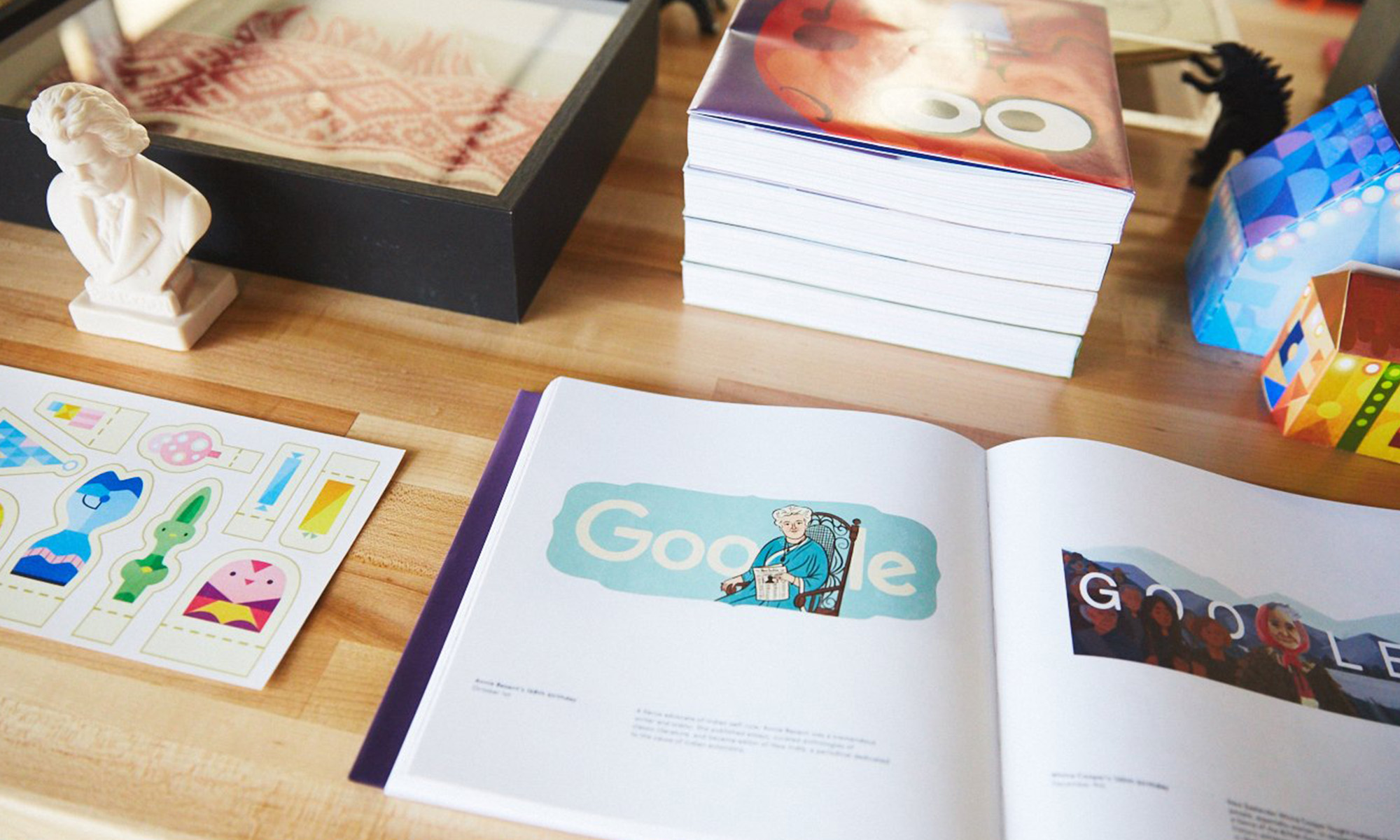Driverless cars are still in their infancy, but the market is rapidly approaching a turning point. In 2021, there will be an estimated 51,000 autonomous vehicles sold, and that figure is expected to increase to more than 33 million driverless vehicles sold annually in 2040. These vehicles have the potential to eliminate 300,000 deaths on U.S. roads every decade and could create a massive $7 trillion passenger economy.
While we're still near the starting line in this driverless-car race, a clear leader is already emerging. Alphabet's (GOOG +0.88%) (GOOGL +0.85%) Waymo, formerly Google's self-driving car project, already has the technology and experience to win this race hands-down.
The advantages that will give Alphabet the win
- Technology: Waymo designs and builds its own self-driving hardware sensors -- including lidar (which bounces lasers off objects to detect them), radar, and vision sensors -- so that its software and hardware "can work together seamlessly," the company says. Not only is this an advantage over tech companies that aren't building their own hardware and software, but developing it has also helped bring down the cost of some self-driving tech for Waymo. For example, the company says that a few years ago, a high-end lidar sensor would have cost $75,000. But by designing its own sensors, Waymo has reduced that expense by more than 90%.

Image source: Getty Images.
- Money: In the most recent quarter, Alphabet generated $32.7 billion in sales and $8.27 billion in net income. This amount of money coming into Waymo's parent company easily allows it to invest in driverless cars and play the very long game as the business grows. Only a handful of other companies on the planet can devote this same level of resources to a driverless vehicle business.
- Experience: Back in July, Waymo's vehicles surpassed 8 million miles of autonomous real-world driving experience and are getting better at self-driving all the time. That's because when one of its cars learns something while driving, it's eventually shared among the company's fleet of vehicles. And not only does the company's fleet learn from its collective real-world driving experiences, but Waymo says it also continually tests its software in simulations, to the tune of 8 million virtual miles every single day.
- Partnerships: Waymo knows its limitations in building vehicles and has forged strong partnerships with Tata Motors' Jaguar and Fiat Chrysler for its driverless fleet. Waymo said this year that it would order up to 20,000 Jaguar I-Pace SUVs over the next two years for use in a forthcoming commercial ridesharing service. Waymo already uses 600 Chrysler Pacifica minivans for its driverless-car pilot program (more on that in a second) and plans to add 62,000 of the vans to its fleet, with deliveries starting at the end of this year.
Waymo is also working with the local government on Valley Metro, a Phoenix-area public transportation authority, to allow some employees to use Waymo's driverless vehicles to get to public transportation. It's a small but essential partnership because it shows that the company can work with local governments to promote transportation solutions in cities.

Image source: Waymo.
- Extensive public tests: Waymo set up a public pilot program in Phoenix, called the Early Rider Program, over a year ago that allows some members of the public to use its driverless vehicles to run errands, get to and from school, commute to work, pick up groceries, and other purposes. To date, around 400 people are signed up for the test program.
While many companies are just beginning to develop self-driving technology, Waymo has already begun releasing its fleet out into the wild. Between the Early Rider program and its autonomous vehicle test fleets, Waymo's cars drive more than 24,000 autonomous miles every day. And Waymo recently begun testing its technology in semi trucks in Atlanta, which will drive themselves to deliver freight for Google's data centers. This adds to the company's other tests of semi trucks that it's been conducting in California and Arizona for more than a year.
The massive opportunity
While Alphabet's Waymo is dominating the driverless-car tech space right now, investors should remember that it's still going to take years for Waymo to build sales in this segment. There are still regulatory hurdles the company might face, and it's going to take some time for the company's services to expand across the country.
Waymo has said from the beginning that it wants to turn its driverless vehicle company into a profitable business, and it's getting very close to achieving that goal. At the end of July, the company began displaying possible prices in its Early Riders program app. The company isn't charging anyone yet, but it's yet another step toward the company launching a commercial ridesharing service sometime later this year. Waymo likely won't make much from its autonomous ridesharing service initially, but Morgan Stanley analysts believe that Waymo's autonomous taxi service could eventually be worth more than $175 billion.
That figure is based on an estimated $80 billion business for the company's ridesharing services by 2040, a $90 billion autonomous logistics business (allowing last-mile deliveries for businesses), and an additional $7 billion from Waymo licensing its technology to automakers.
Once the company launches its widespread commercial ridesharing service, Waymo's advantages will start to set it apart from other companies pretty quickly. For example, automakers that are currently behind in driverless cars might be more apt at that point to stop spending time and money developing their own driverless tech, and instead license it from Waymo. No matter how it plays out, Waymo's driverless car advantages are starting to become crystal clear. And if Morgan Stanley's estimates are even remotely close to accurate, then investors would be wise to keep an eye on Alphabet's current lead in this expanding market.







